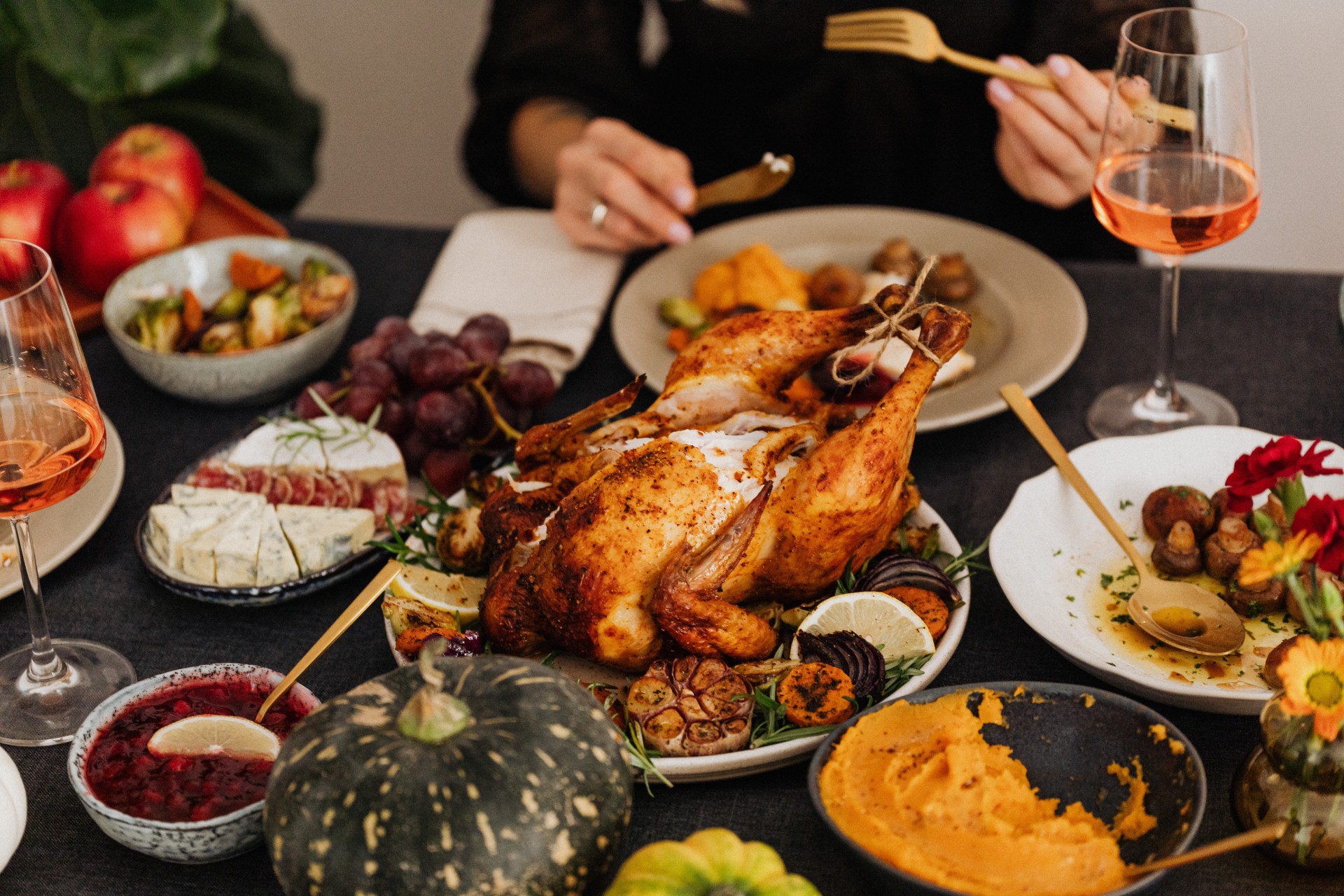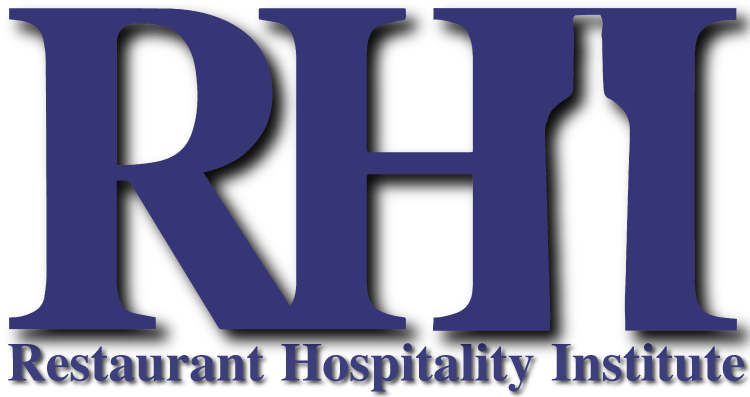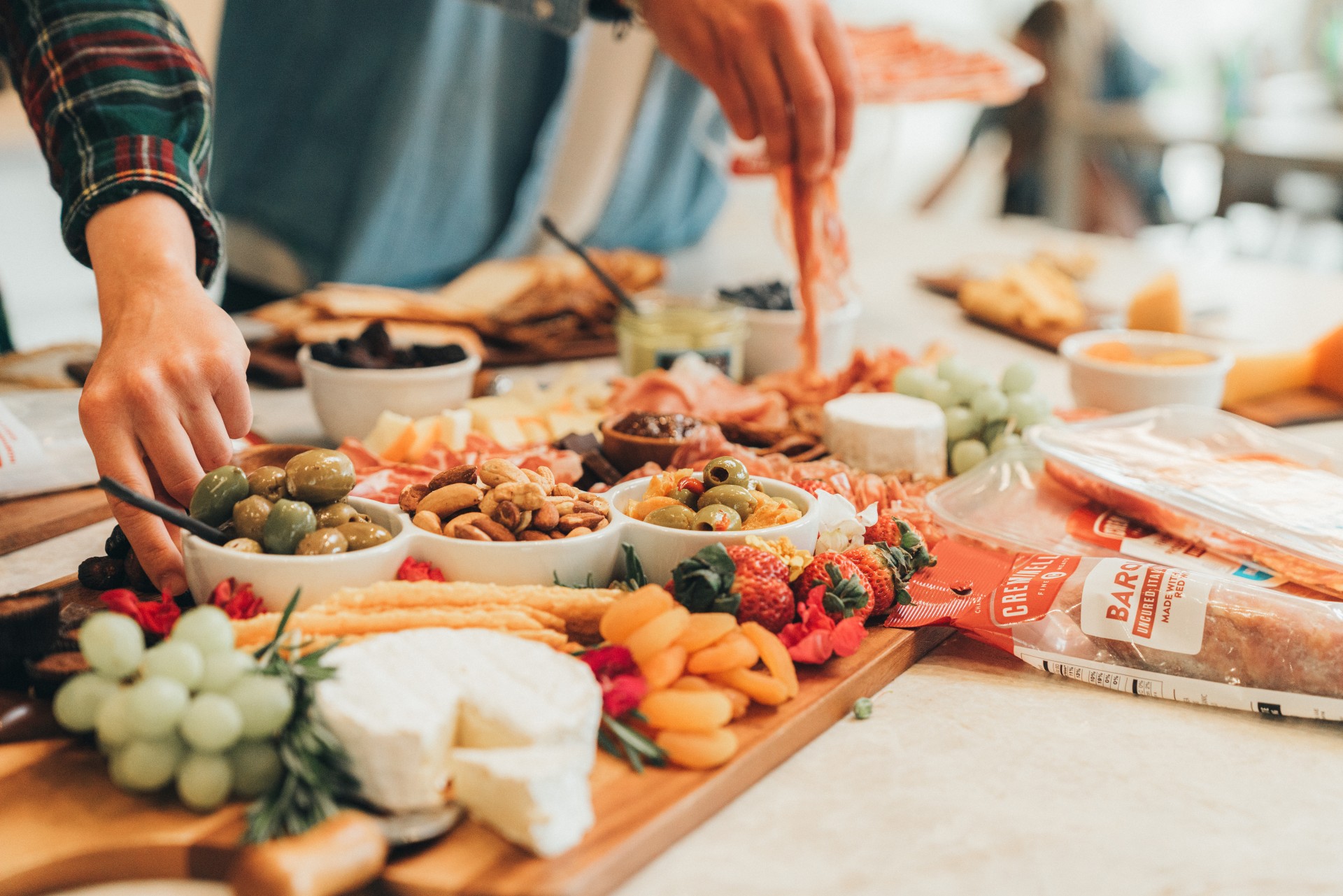By Scott Landers, Co-Founder and Systems Engineer, Figure Eight Logistics
The uncertainty surrounding COVID-19 has taken a toll on everyday life. What was once a celebrated experience of dining out together has been limited to takeout and delivery, upending the restaurant industry in a way we have never seen before. Through this pandemic, restaurants have had to reflect on who they are as a brand, make difficult operating decisions, and implement many changes to their business model – whether that is to invest, pivot, or commit. By now, most restaurants have made the decision whether to close or stay open – this is the time to embrace that decision and focus on getting the best long-term results.
For those who have temporarily closed:
Invest: Use this time to ask, “what does my restaurant need to reopen with delivery as a core part of the operating model?” While daily operations are on pause, owners can look ahead and invest in the restaurant’s future. Based on conversations with multiple restaurant owners, there are two common goals for investment:
- Faster Reopening: Investing in an online ordering marketplace and last-mile logistics now can enable faster reopening once social distancing restrictions subside.
-
Streamlined Operations: Redesigning the menu for delivery is an opportunity to eliminate low-margin items and maximize cross-utilization of ingredients.
For those who have decided to stay open:
Pivot: Change your business model to highlight what the market needs now. While the location of your business hasn’t changed, the trade area and community surrounding it likely has. Customers that used to commute are now at home and tourism has dropped to near-zero. Naked Farmer, a Tampa Bay restaurant serving vegetables and meats from local farmers, decided to pivot their business model. While staying true to their mission of increasing access to locally sourced food, Naked Farmer pivoted their restaurant business and created a digital farmer’s market. The menu is based on the same supply chain that is used in their restaurant and created a more streamlined revenue channel.
Commit: Mexicue, a restaurant with five locations throughout the northeast made the decision to commit to their current business plans. Mexicue had spent the six months leading up to the pandemic creating a new delivery experience, MexiCrew, based on friends and family dining together at their homes and offices. With Mexicue’s commitment to remaining open, they have doubled down and are addressing the question of what do people need now. Their delivery menu enables easy group ordering with food that is designed to be delivered, and alcohol delivery available in NYC and DC. By committing to their core brand identity, Mexicue is serving as a convenient and delicious option for families and roommates sheltering in place together.
For any restaurant that is offering delivery, it is important to protect your brand reputation and profit margins even during the pandemic. In the short-term, restaurants need to generate cash flow, but in the long-term it will be brand and profits that keep the lights on. While each restaurant is unique, meaning no one solution fits all, Figure 8’s biggest recommendation is to build a business that will be sustainable after the pandemic ends – whether through investing, pivoting, or committing.








